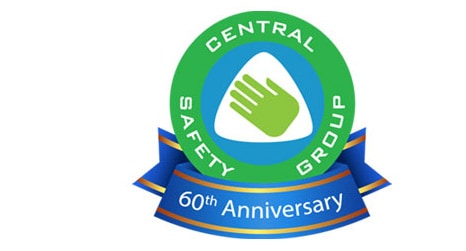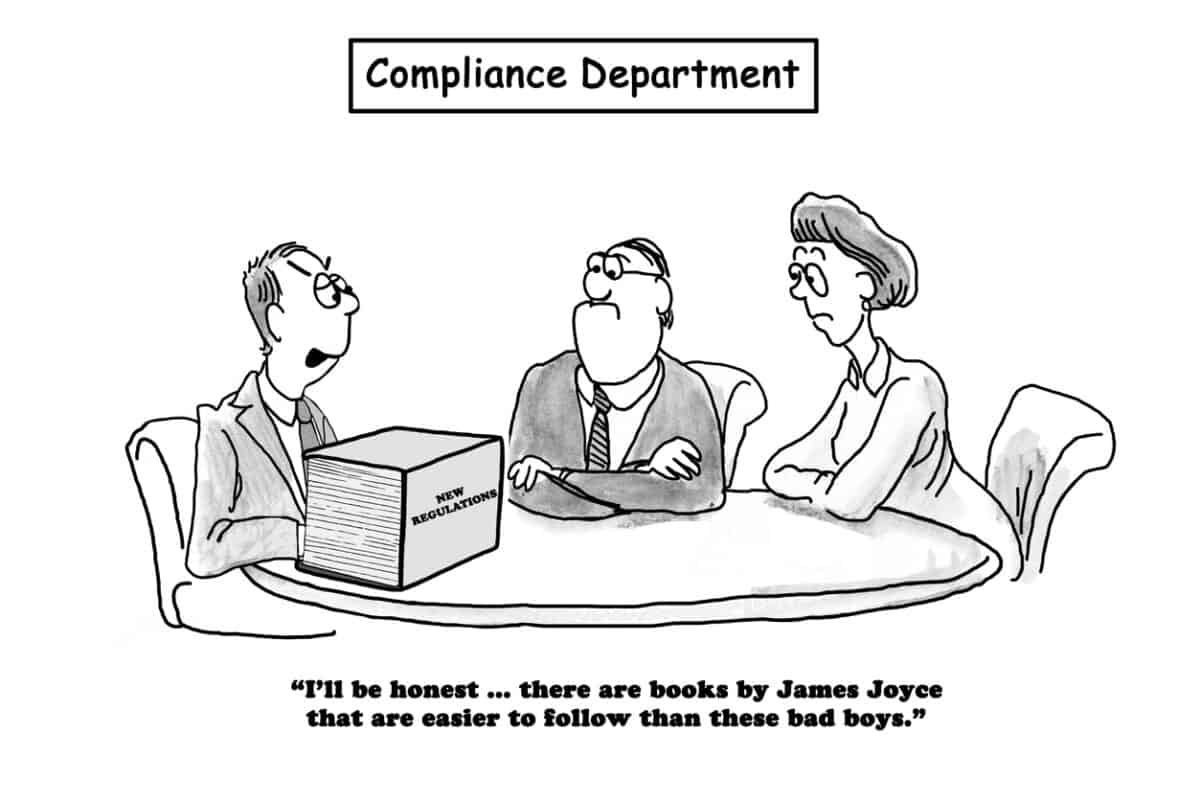This week the Victorian Government released Peter Rozen‘s report called Improving the experience of injured workers: A review of WorkSafe Victoria’s management of complex workers’ compensation claims. The public release has been long anticipated as it has been sitting with the Minister for Workplace Safety, Ingrid Stitt, since April 2021.
The Review was forced on the Government after the second damning report on WorkSafe Victoria’s performance from Victorian Ombudsman Deborah Glass. In some ways, Rozen’s report can be seen as the third report into the Victorian workers’ compensation scheme.







